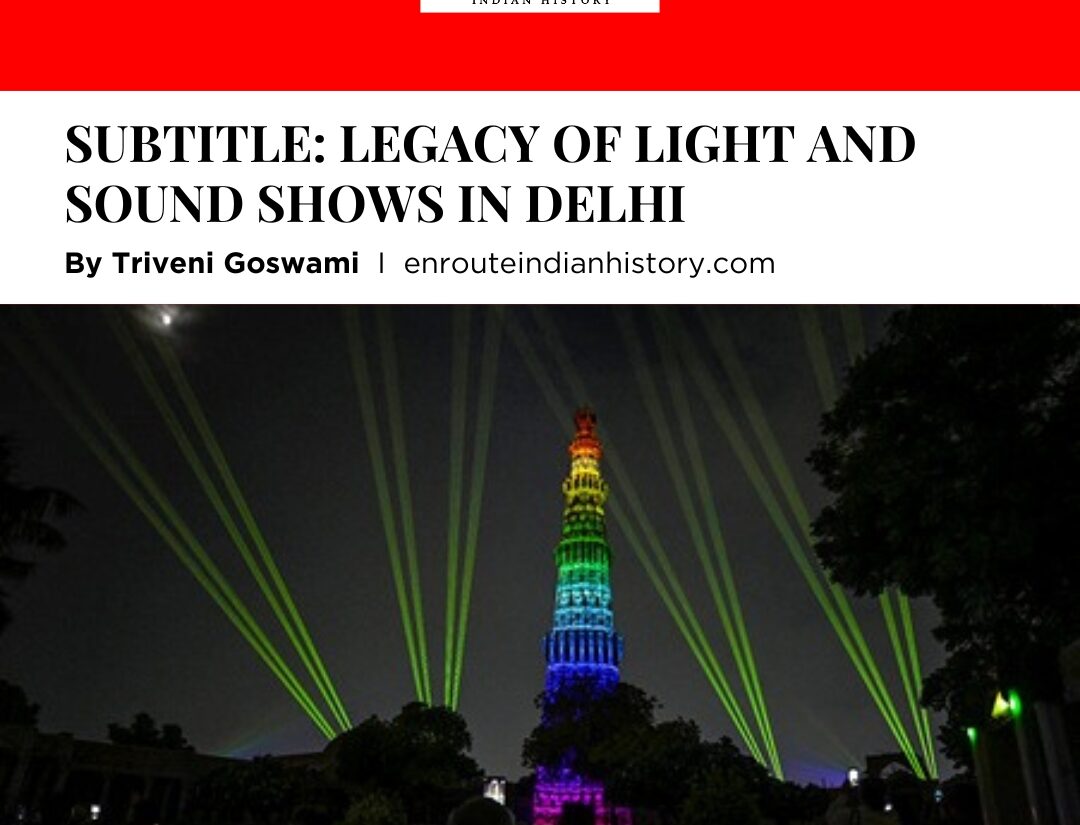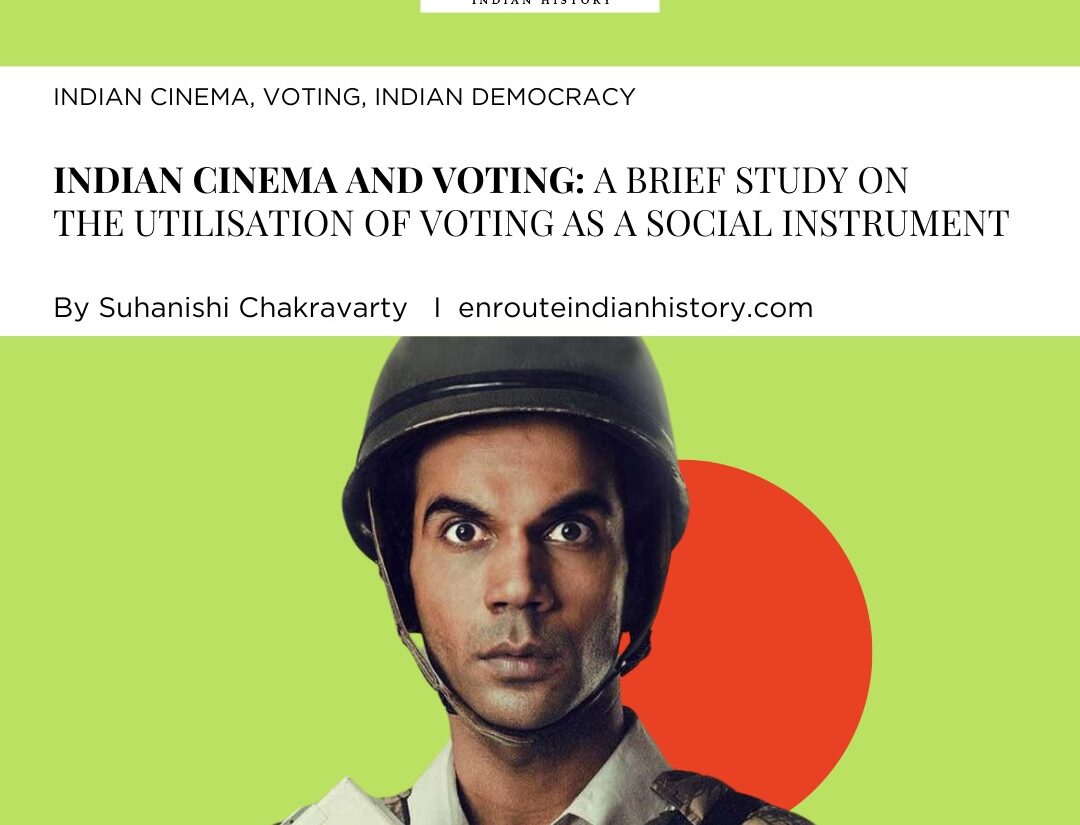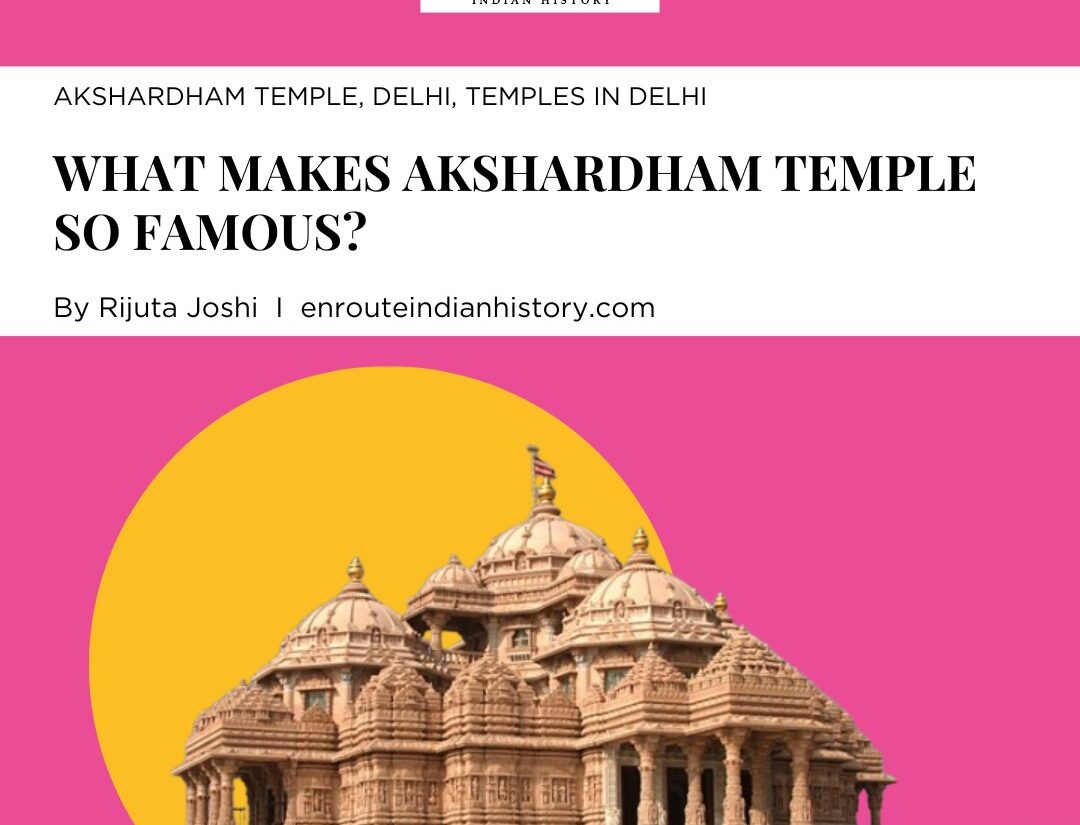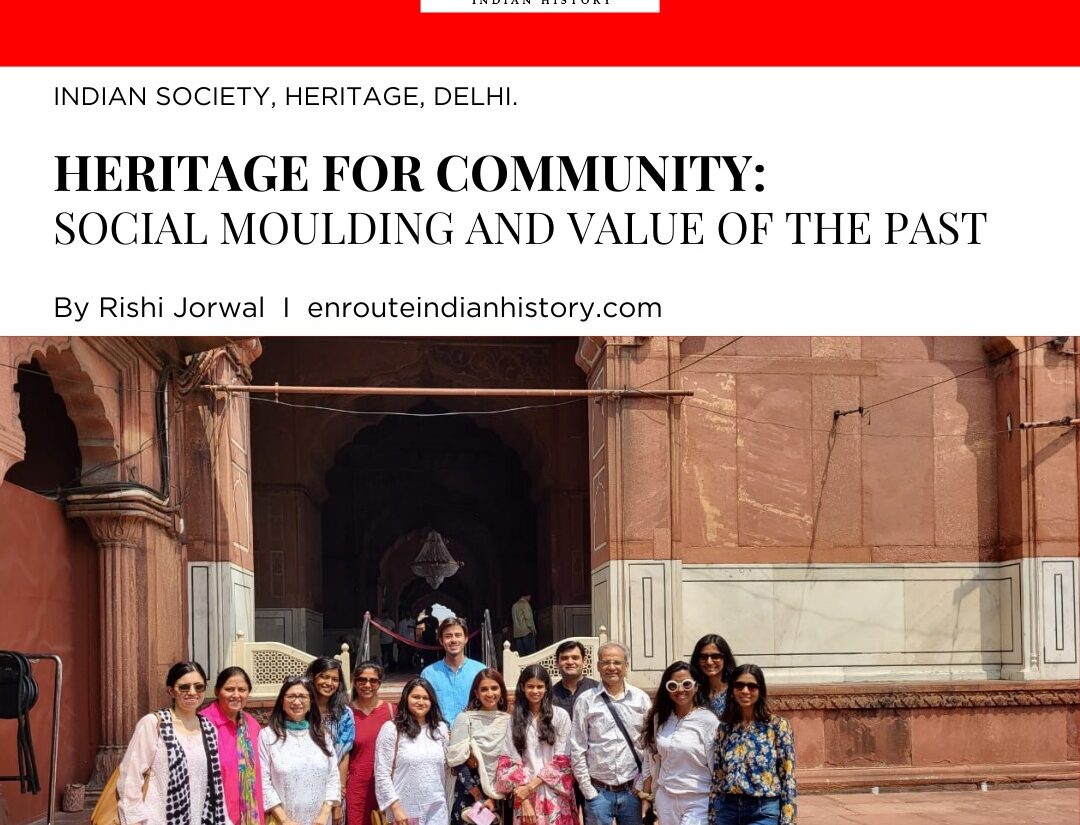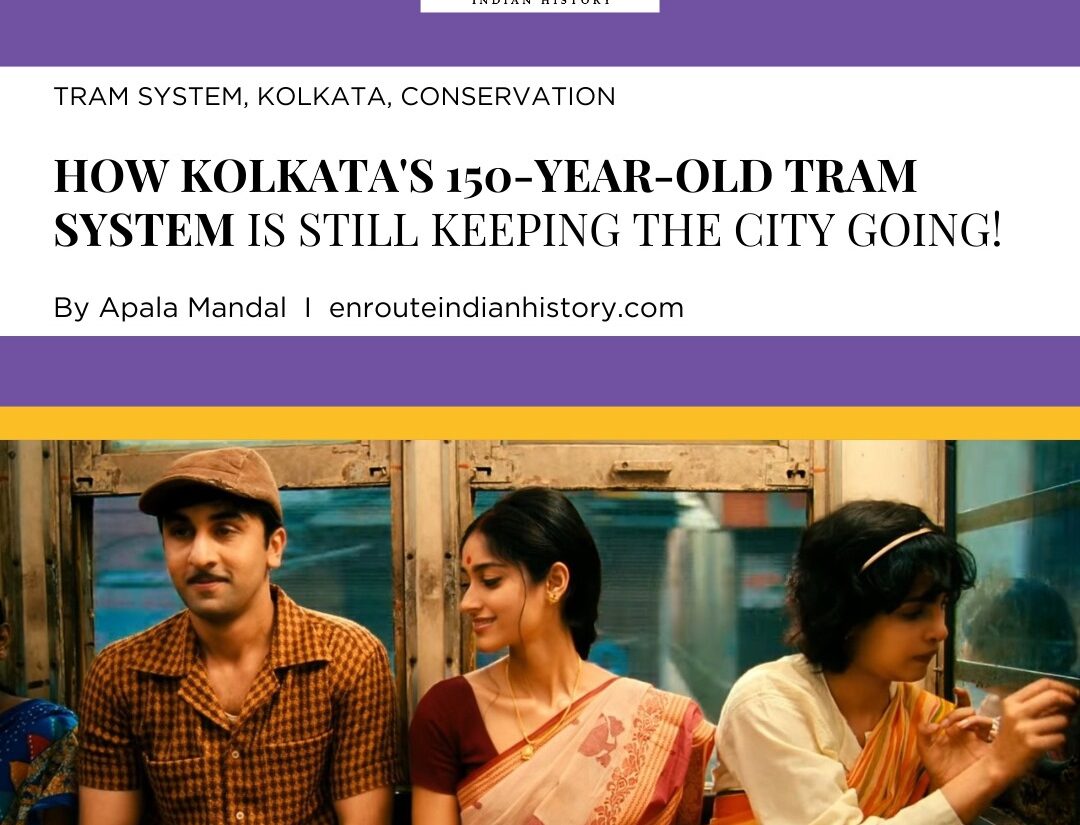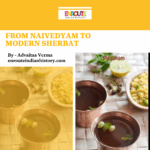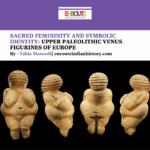Folkdance in Bollywood :Tracing the cultural interactions and effects of hybridizations
- EIH User
- July 6, 2023
Be it the elegant Ghoomar performed by the royal queens of Padmavat or the energetic Lavani in Chikni Chaneli of Agneepath, folkdances have found expression in cultural cauldron that is Bollywood since the 1940s. Bollywood has often used these dance forms to add another layer of cultural credibility to their period dramas or even just as an intended rustic dance number in a tavern; and has benefited greatly from doing so. This borrowing of traditions and presenting it in the mainstream, usually without the cultural context required to appreciate it properly, has caused a unique hybridization between the ‘tasteful sparkle’ of Bollywood and the ‘tacky glitter’ of the folkdances. Both forms have affected each other and raised much conversation in the process of doing so.
In colloquial terms, folkdance is often understood as the traditional vernacular dance form usually belonging to a regional culture. As a more academic definition, they usually develop in regions which have had a long period of peasant or tribal population and aren’t simple the presentation of skills, but rather an important life-function of the community as they have sacred and ideological implications. Their use by Bollywood as a function of simply adding more popular appeal and therefore higher box-office numbers without cognizance of this aspect of their essentiality has rightly raised many questions by the practitioners of this art form.
Sanskrit dramas and cultural tradition have greatly impacted Hindu performing arts and consequently, these performing arts have had a major influence on Indian Cinema. It is also asserted that the prevalance of song and dance in our cinema comes from the mythological epics of Mahabharata and Ramyana which were written in verse and performed through devotional singing. Thus, the centrality of music, song and dance in pre-existing popular and folk tradiitons in India partly accounts for the persistance of song and dance in Indian cinema.
All folkdances are also, not treated the same. Some, considered classical, are accorded the priviledges of being recognised as ‘high’ culture like kathakli and bharatnatyam while others, consider as folk, are relegated to be treated as ‘low’ culture like kalbelia or rasiya. This distinction owever, did not exist before the 20th century. Earlier, there wasnt any ‘classical; music, simple different kinds of music- like that which was performed in the temples, the courts or at the homes of patrons.
Similar in their treatment but the art community, Bollywood also affects both these, albeit arbitrary, kinds of folkdances differently. The integrity of the classical dances are often maintained and potrayed in a manner to derive greater cultural capital for the project, while the ‘folk’ dances are often morphed as per the creative whims of the producers and might serve to entise a ‘rustic exotica’ feel to the project. When a predominantly lower class, rural art form is presented to a predominantly middle class, urban audience, the art itself is decontextualised and deterritorialised to an extent where it is unrecognisable by the natives, as what has happened to the Punjabi folkdance, Bhangra. This may also be done to lure the audience from the community from which the dance belongs to. Only the alternative, arthouse strain of the industry can been credited with diligent handling of the portrayal of folkdances on screen by incorporating the socio-religious-ritualistic contexts and traditional norms of the dance with sensitivity.
Bollywood song and dance routines have “indiscriminately fusioned these ethnic dance styles, destroying their original repertoires. Numerous folk dance genres with long histories of religious and ceremonial performance are also in danger of disappearing because they are seen as outdated and provincial in comparison to the glitzy Bollywood extravaganzas. The hybridised versions of folk dances featured in Bollywood movies pervade popular culture and influences how folk practitioners see and present their own folk forms. Folk performers are entangled in Bollywood cinema’s seemingly all-encompassing influence on popular culture because they both absorb the images Bollywood films spread and perform for audiences that are engaged in that culture. Folk musicians infuse what they view as the appealing parts of Bollywood cinema songs into their traditional repertoire, both as consumers of such popular culture and as performers aiming to draw huge crowds. The depictions of folkdances on big screens has changed the expectations or definition of entertaining dance, which is why even traditional practitioners of the art are co-opting the diluted version of their art to appease audiences.
A researcher commented how the portrayal of Chhau, a semi-classical martial dance depicting stories of Mahabharata or Ramayana, has changed- ‘the dancers were gyrating like Bollywood heriones and the performer depicting Lord Shiva was doing a break dance’. Realizing the changing tradition, a Guru of the art noticed “I have seen how a genuine traditional form, which is undoubtedly an invaluable part of the patrimony of humanity, is being transformed into entertainment for tourists and a product of exportation for mass entertainment- just as we have seen martial arts transformed into circus acts, traditional music into pop songs and traditional masks into Halloween costumes.” Arundhati Roy, activist and author of The God of Small Things mentions such an instance in her book where trained Kathakali dancers are presenting their art beside a hotel swimming pool as foreign tourists look at this exotic Indian art being exploited for their pleasure.
The reach of Bollywood far exceeds India and thus, the perceptions constructed by the portrayal of these dances on the community far far reaching ramifications. Bollywood has a powerful ability to shape opinions and there is an emphazise on its growing popularity in the global sphere, causing cultural flows, not only among the Indian diasporic community, but also in other international communities like Russia and Nigeria. The over-potrayal of some folkdances like Bhangra cause the occurene of overgenralizations to the point where it is now considered the ‘national’ popular culture and is now the definng characteristic for the nation. While this should ideally be nice given that an Indian cultural is making its way on the global stage and garnering attention from everywhere, it has negatives as well.
The Bhangra that these communities are being exposed to is usually perfumed with almost complete disregard for traditional norms and thus, appropriates another’s traditions for self profit. Additionally, the fixation on Bhangra results in other folkdances, even from Punjab itself not getting the recignition they deserve as all the space in that sphere has been monopolised by one. Every Punjabi and by extension, every Indian in that international space is thus associated with this folkdance and coloured with the same paint. This is perhaps why such unimaginative, unoriginal and to a certain extent, offensive portrayals of the Indian culture is observed in shows like The Simpsons, Big Bang Theory, and The Office, because apparently every Punjabi wears a turban and can bust out some Bhangra moves anytime. Not only in the international sphere, such depictions of communities through folkdances associated with them colours opinions of people even in India. Biharis have started to be associated with the vulgarity of the orchestra dance and Gujratis are believed to carry dandiyas everywhere they go.
As folkdances are usually associated with the entertainment of the rural peasant class, they are believed to be innately vulgar and low standard due to their nature. The orchestra dance, or as it is said, ‘Arkestra’ is very popular in Bihar and eastern Uttar Pradesh and has received much criticism in this context. MLAs recorded dancing in such events as received a lot of media coverage and condemnation from national commentators. The MLAs themselves however, consider this to be their cuture and believe that this is what attaches them to them electorate and are perhaps winning because of this relatibility. Similarly, Lavani has received the same heat.
A reason for such polarization could perhaps be the eroticization of such folk dances in Bollywood. Another reason for this aversion by the urban middle class could be a learning from the British who equating ballroom sophistication with these dances and found our folk dances to be severely lacking. The devdasi tradition was anther example of this as rather than a cultural tradition, the British treated this as a social problem based on temple prostituion and female exploitation that needed fixing. In comparison to the well decked Victorian lady whose even ankles weren’t supposed to be visible, our folk dancers looked scantily clad, performing in front of a lower class crowd. Their back home Cabaret dancers off course, got an exeption. Still, they treated this with the same disdain that they treated Indians eating food with their hands and thus the Indian middle class, in a desperately effort to fit in and associate itself with the current rulers, developed the same negative outlook toards these dances. The only acceptable form of dance left was the one done in the temple, paying homage to the gods in complete reverance. Bollywood took advantage of these beliefs and added to the stereotypes by drawing a clear line between the acceptable, family centric, devotional songs and the tavern based ‘item’ numbers, a prime example being Chikni Chameli.
On the other hand however, the inclusion of these folkdances by Bollywood in their big budget movies gives them representation and recognition in the mainstream which increases the cultural footprint and impact of these otherwise deeply localised art forms. By opening them up, Bollywood is perhaps helping in the evolution of the art form into something that is more appropriate and enjoyable by the youth of today and rather, saving these art forms from falling into the chasm of obscurity. This process is perhaps what is keeping these centuries old art forms relevant in the 21st century and this cultural assimilation and interaction is resulting in the development of new forms of dance inspired from folkdances and keeping their rich lineage and heritage strong. While the preservation of the original forms of dance is also important, looking down upon these new evolved dance forms and considering them to be pollution of the original is perhaps prudish. Simply looking down upon them just because they are made for popular consumption and are made entertaining to be more accessible is also unfair as just because something is popular doesnt always mean that it lacks depth and nuance and is a cheap imitation of the original. Connoisseurs of the art might lament at this and perhaps rightly so, but this is conceivably the only way their art survives or find recognition in popular culture rather than gathering disinterest.
Bibliography-
Khokar, Ashish Mohan. “‘How Can Showing Some Skin in a Folk-dance Form Like Lavani Be Vulgar?’” India Today, Feb. 2023, www.indiatoday.in/india-today-insight/story/how-can-showing-some-skin-in-a-folk-dance-form-like-lavani-be-vulgar-2337243-2023-02-20./
Ahuja, Rajesh. “Bollywood Films Have Embraced and Popularised Folk Dance Styles Among Masses.” Uniindia News Service, Nov. 2017, www.uniindia.com/bollywood-films-have-embraced-popularised-folk-dance-styles-among-masses/entertainment/news/1036596.html.
Kishore. “Representations of Indian folk dance forms in the song and dance sequences of contemporary Bollywood cinema.” (2010).
- April 18, 2024
- 5 Min Read
- April 18, 2024
- 7 Min Read

